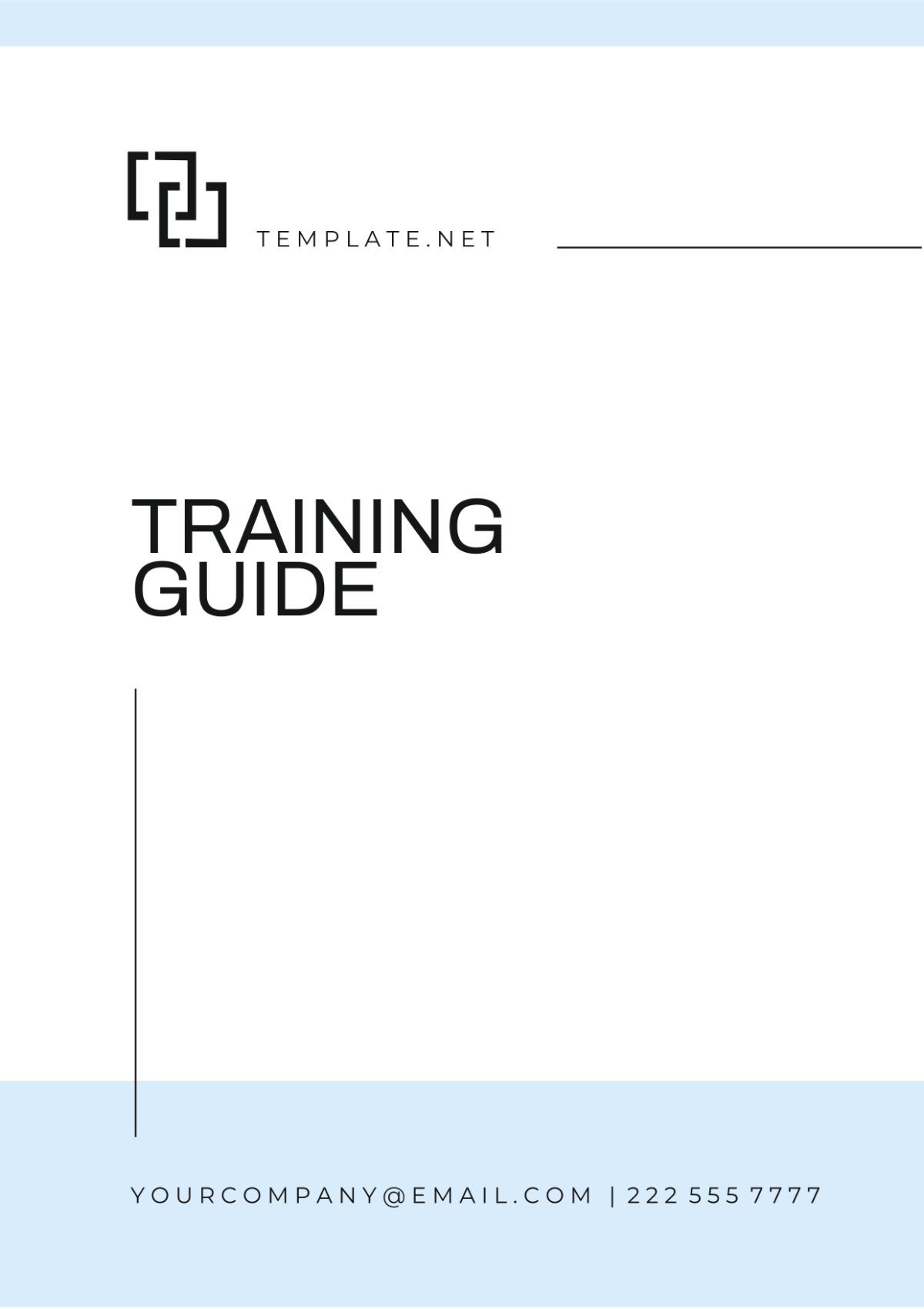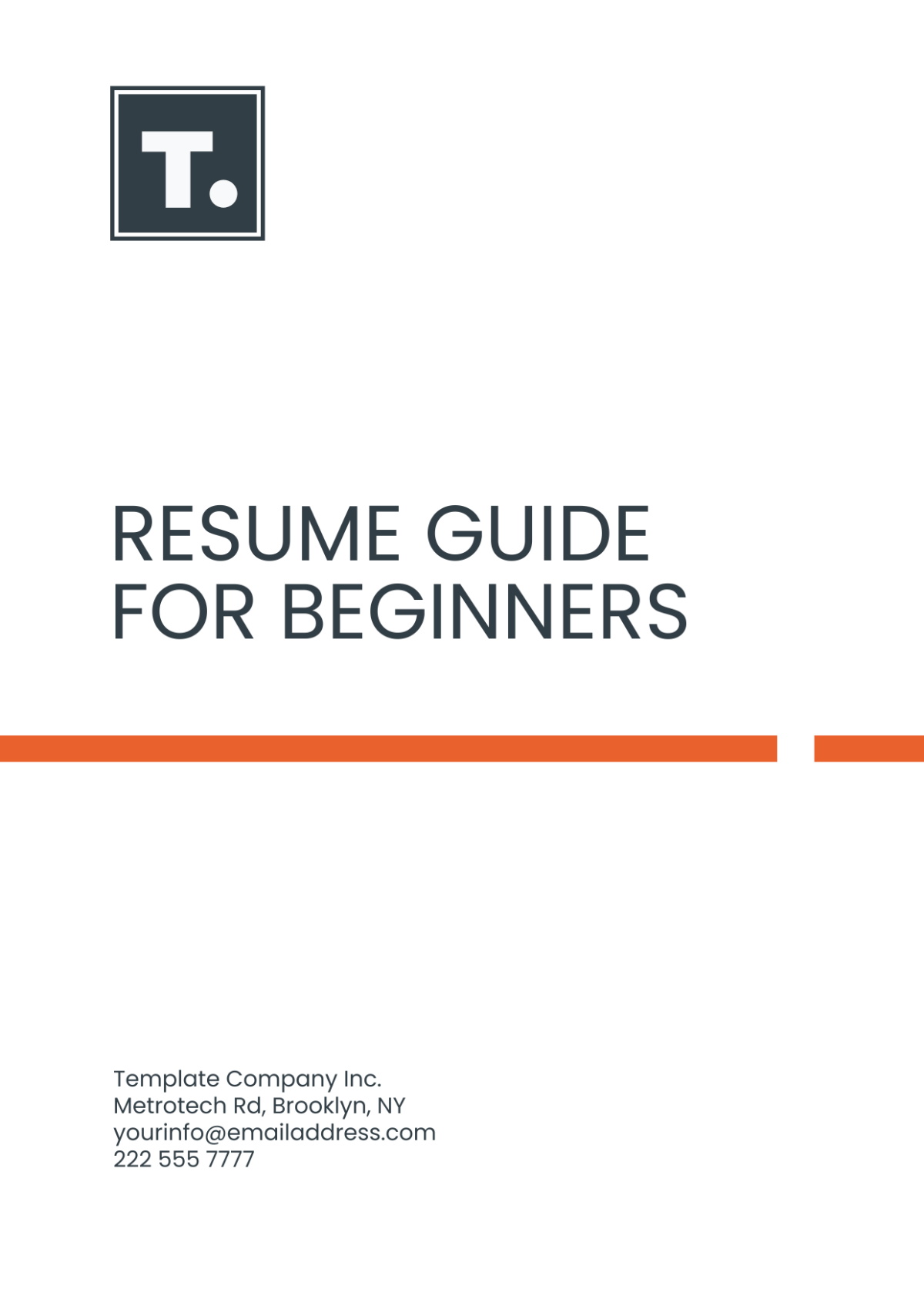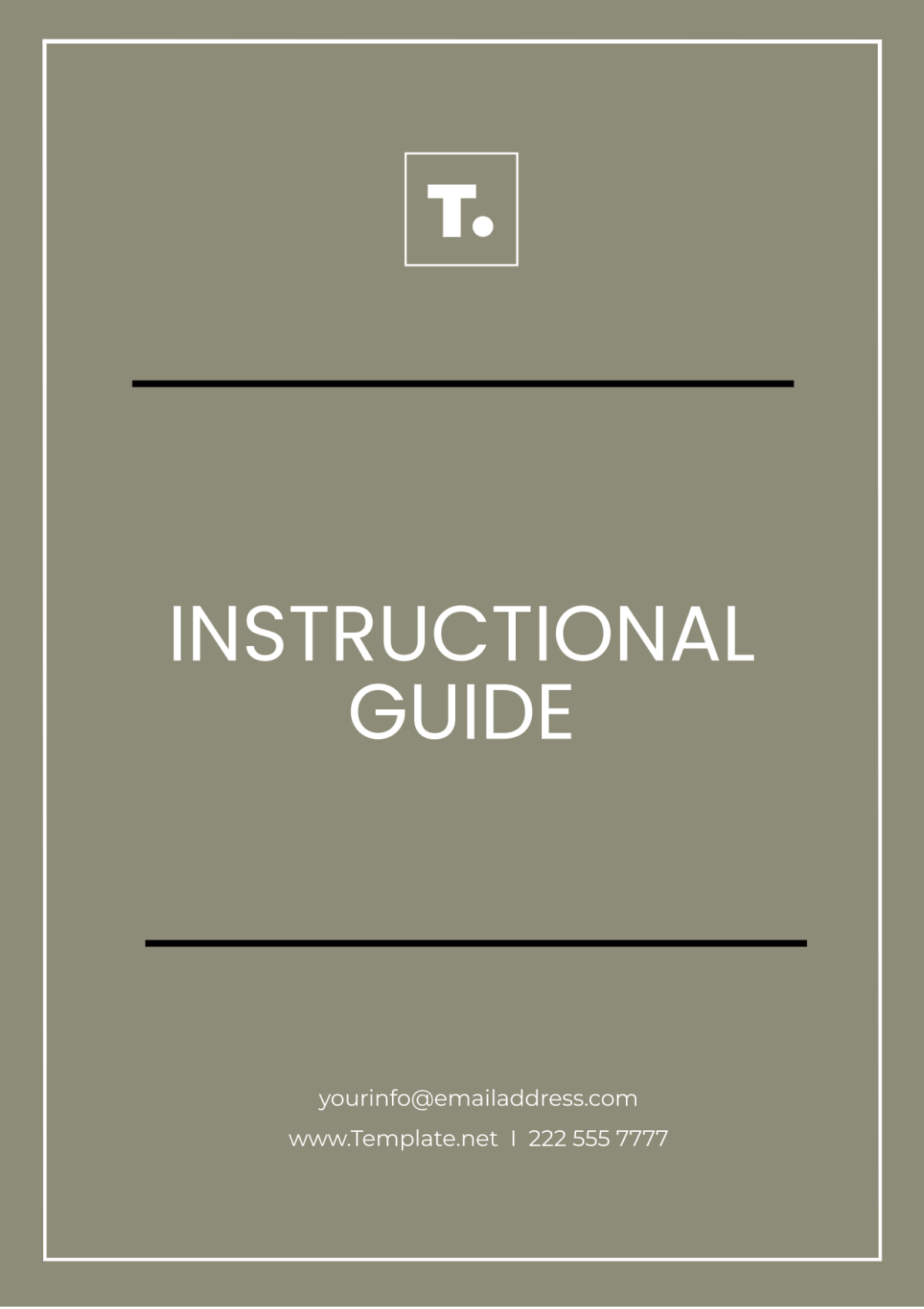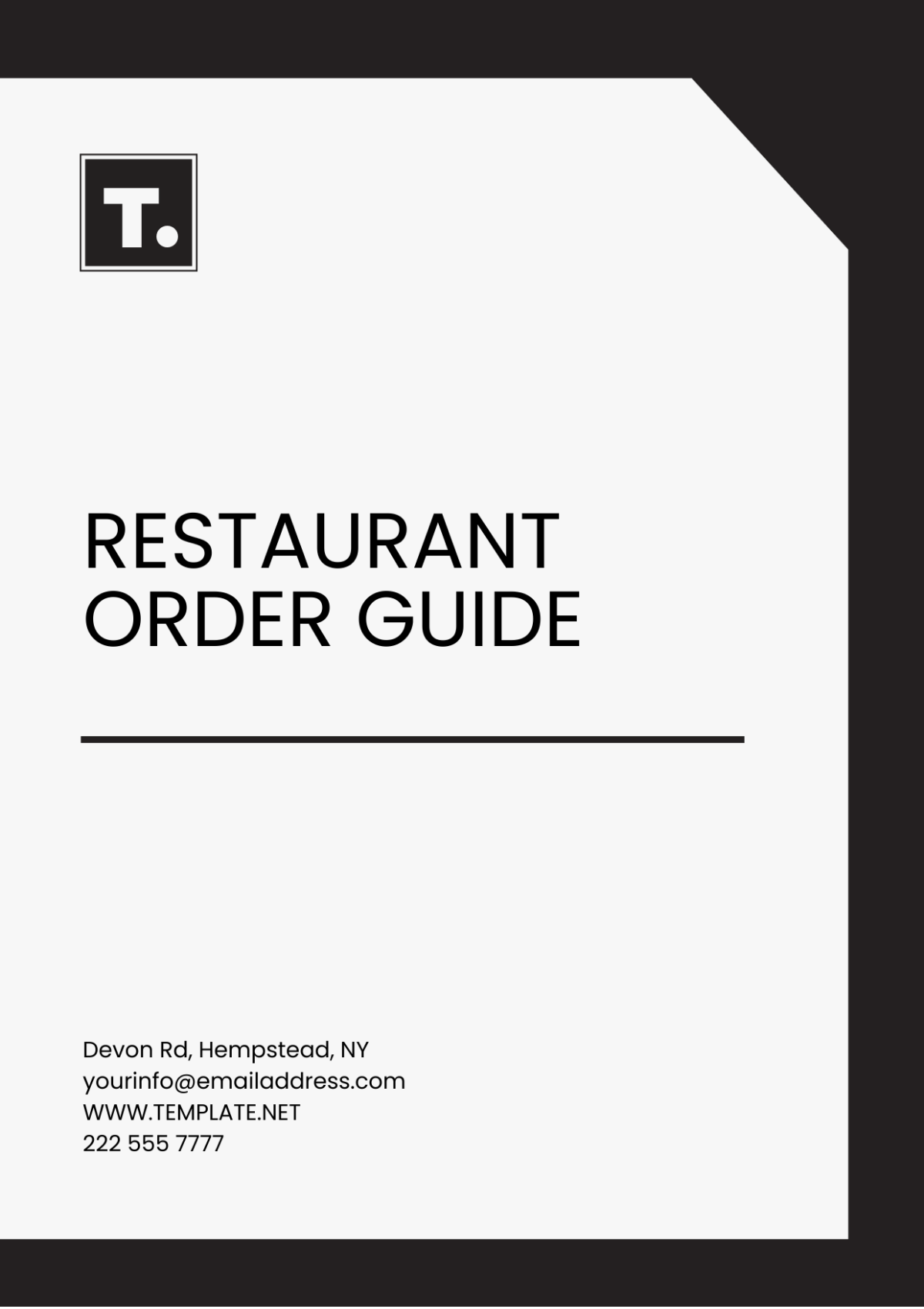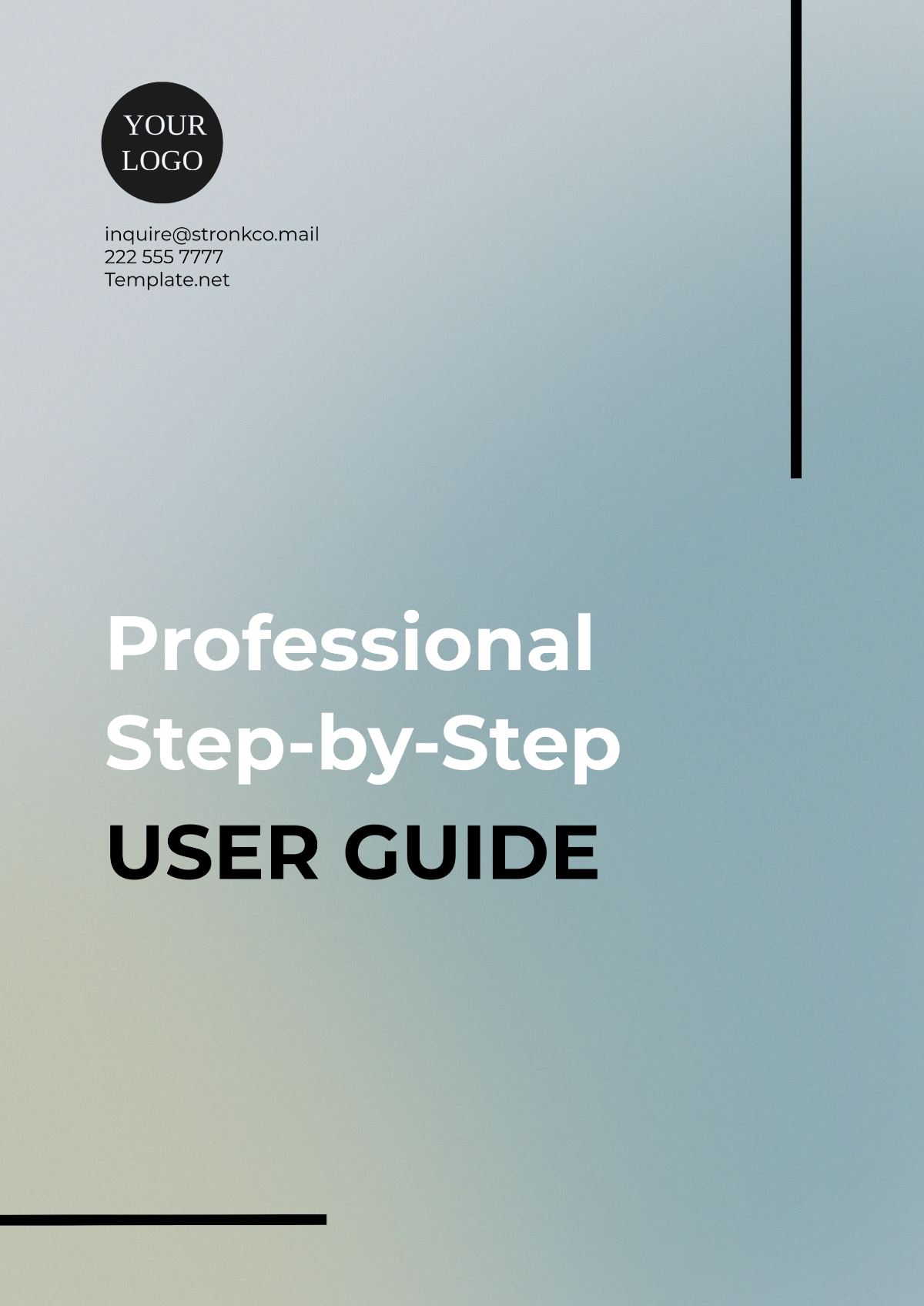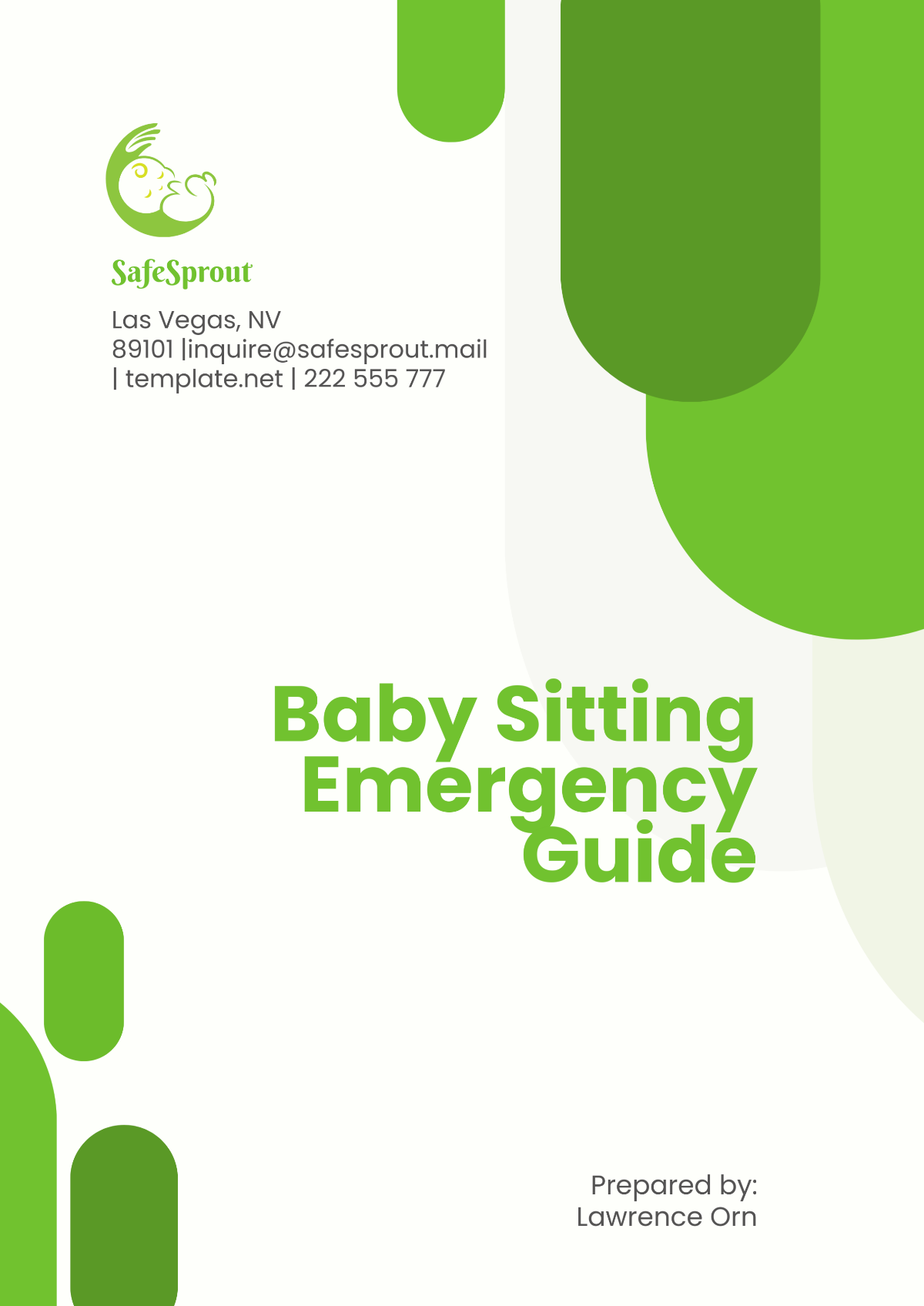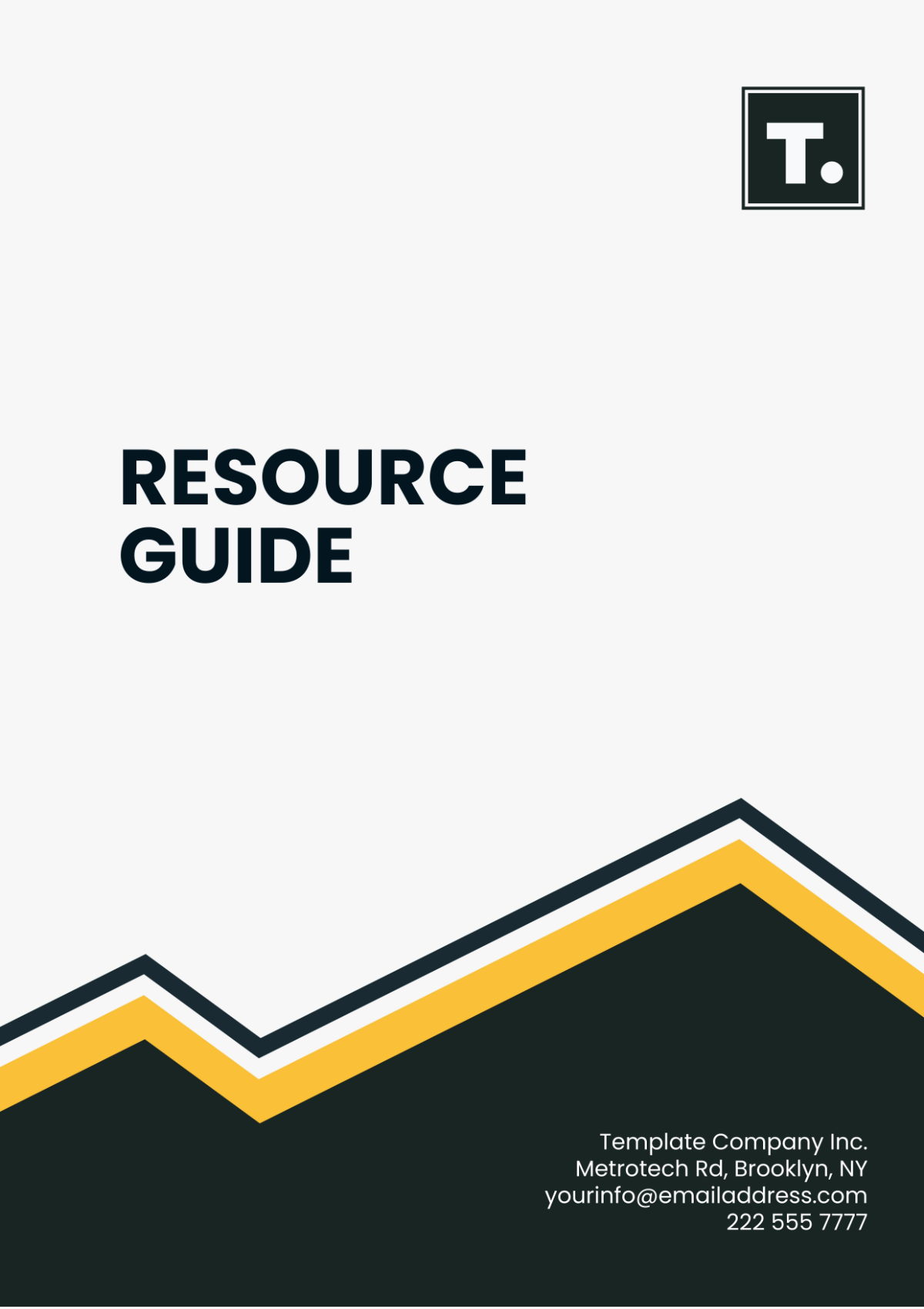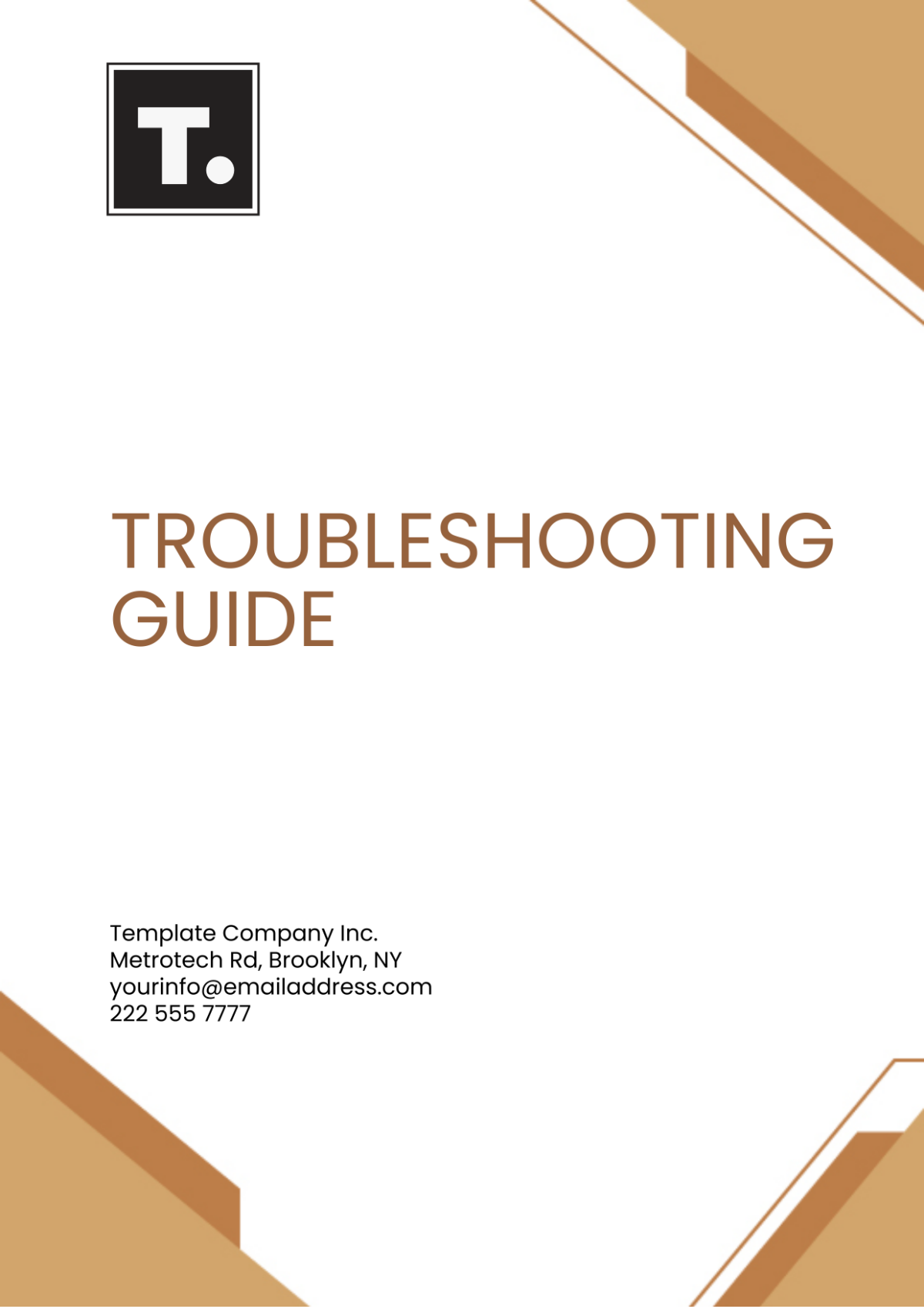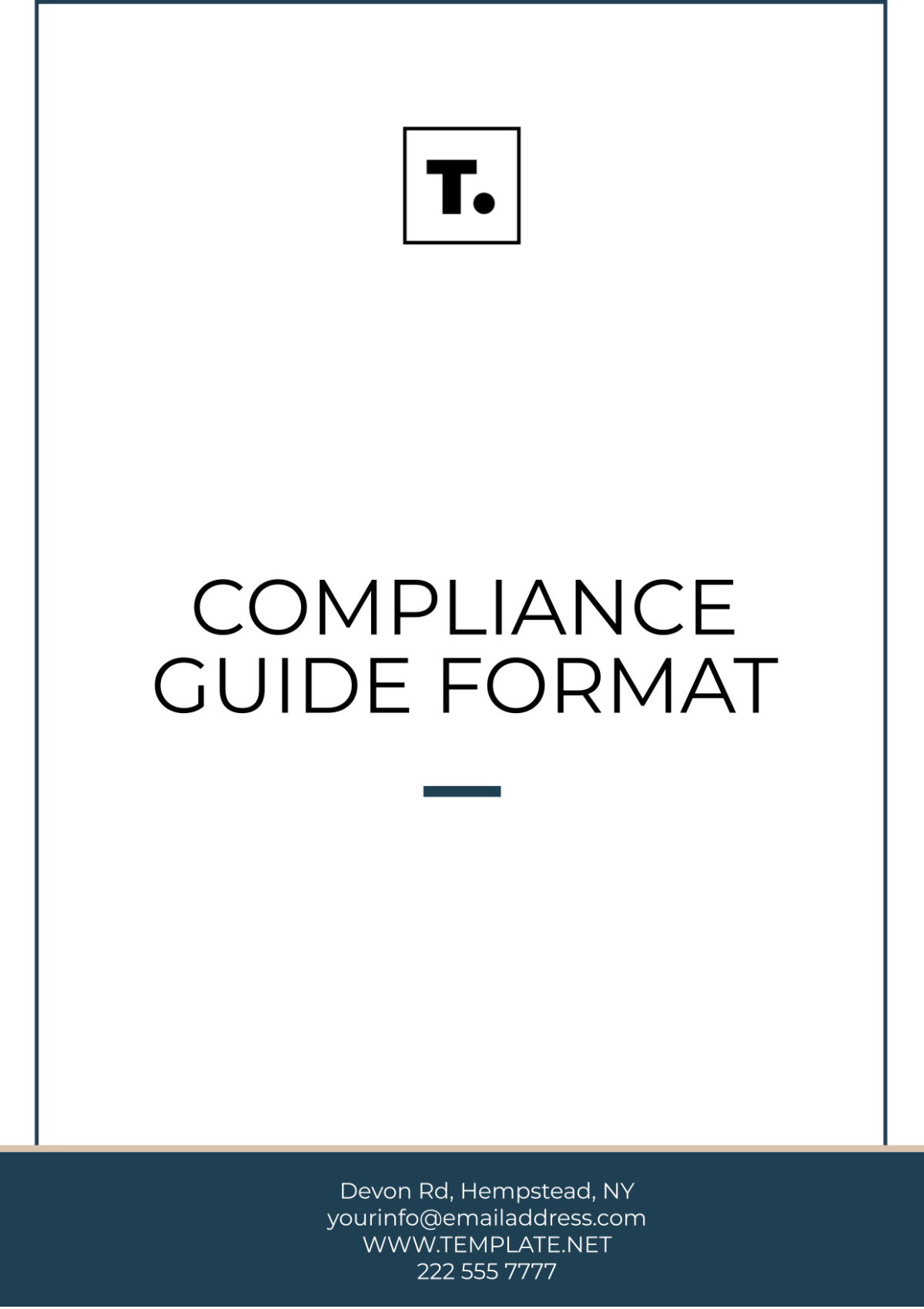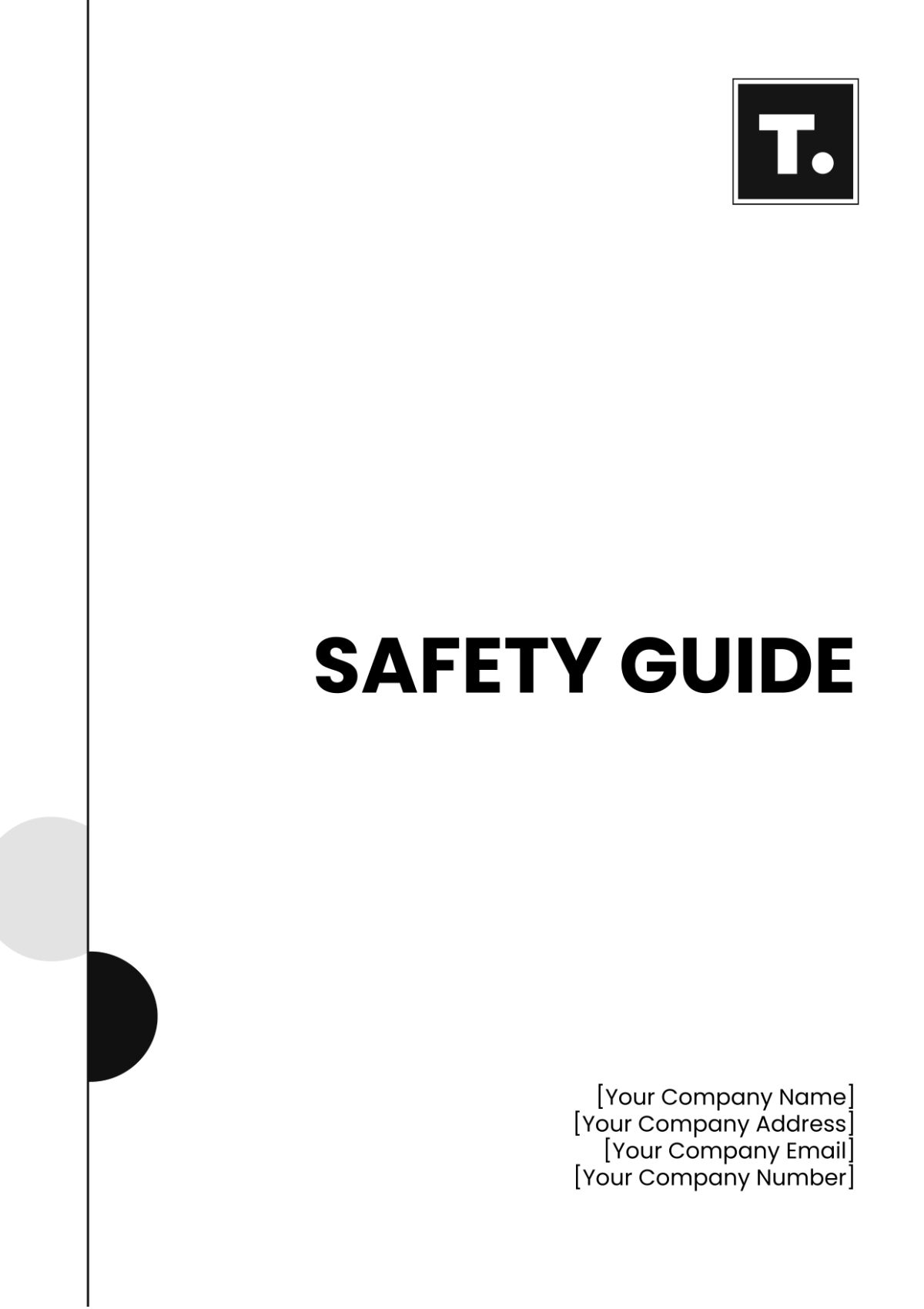Moving Company Packing Guide
Moving to a new home can be one of life’s most exhilarating yet daunting experiences. Whether you are relocating across town or embarking on an adventure across the country, the packing process plays a critical role in ensuring your belongings arrive safely and in good condition. This comprehensive guide aims to provide you with a step-by-step approach to packing, from the initial planning stages to settling into your new space.
1. Planning Your Move
Planning your move is crucial for minimizing stress and ensuring everything goes smoothly. A well-structured plan serves as a roadmap, guiding you through each stage of the moving process.
1.1 Timeline Creation
Creating a timeline is essential to keep your move on track and minimize last-minute chaos.
Begin Early: Start planning your move at least two months in advance. This gives you ample time to organize and sort through your belongings without feeling rushed. A well-structured timeline can help you identify tasks to tackle weekly, allowing you to break the packing process into manageable chunks. For instance, you might dedicate the first week to sorting through your closet, the second week to packing non-essential items, and the last week for essential belongings.
Set Milestones: Break your timeline into smaller milestones, such as completing packing for specific rooms or organizing documents by a certain date. Celebrate these small wins to keep your spirits high. For example, when you finish packing the kitchen, treat yourself to a meal from your favorite restaurant. This strategy can motivate you to keep going and maintain a positive outlook throughout the process.
1.2 Budgeting
Establishing a budget helps you manage your finances effectively during the moving process.
Estimate Costs: Include costs for packing materials, moving company fees, and any potential temporary accommodations. Having a clear idea of your budget will allow you to make informed decisions and avoid overspending. Be sure to research moving companies to compare prices and services, ensuring you get the best value for your money.
Unexpected Expenses: Set aside a small buffer for unexpected costs that might arise during the move. This financial cushion can provide peace of mind and help you address any unforeseen challenges without stress. For instance, if a last-minute change requires additional moving services or extra packing supplies, having this buffer will prevent you from feeling overwhelmed.
2. Decluttering and Organizing
Before you start packing, take the time to declutter your belongings. This process not only reduces the amount you have to pack but can also make your new home feel fresh and organized.
2.1 Sorting Items
Sorting through your belongings helps you identify what you truly need and what can be let go.
Categorize Your Belongings: Divide items into categories: keep, donate, sell, and discard. This methodical approach can streamline the packing process and reduce the number of items you need to move. It can also be liberating to let go of items that no longer serve you, making room for new experiences in your new space. For instance, if you have clothes you haven’t worn in over a year, consider donating them to those in need.
Host a Garage Sale: Consider holding a garage sale or using online platforms to sell items you no longer need. This not only declutters your home but can also provide extra funds for your move. Advertising on social media or local community boards can attract more buyers.
2.2 Donation and Disposal
Donate or dispose of items responsibly, ensuring they do not end up in a landfill if they can still serve someone else.
Research Local Charities: Identify local charities or organizations that accept donations. Many will even arrange for pick-up, making the process easier. This way, you can ensure your items are going to those in need while also helping the environment by keeping usable items out of landfills.
Proper Disposal: For items that are broken or unusable, research local disposal guidelines to recycle or dispose of them responsibly. Many municipalities have specific guidelines for disposing of electronics, hazardous materials, and large furniture items. By following these guidelines, you can contribute to sustainability efforts in your community.
3. Packing Supplies
Having the right packing materials can make a significant difference in how smoothly your move goes. Properly packed items are less likely to sustain damage during transit.
3.1 Gathering Materials
Gathering packing materials is an essential step that can streamline your packing process.
List of Essential Supplies: Create a checklist of supplies you'll need, such as boxes, packing tape, bubble wrap, markers, and packing paper. This ensures you don't overlook anything important. It’s also wise to assess the quantity you’ll need; for instance, if you have a large collection of books, ensure you have enough sturdy boxes to accommodate them.
Sourcing Boxes: Consider asking local retailers or grocery stores for unused boxes. They often have plenty to spare and will happily give them away. This can save you money and reduce waste. Additionally, you can look into online marketplaces for free or inexpensive moving boxes.
3.2 Quality Packing Materials
Investing in quality packing materials can protect your belongings, minimizing the risk of damage.
Sturdy Boxes: Use strong, sturdy boxes that can handle the weight of your items. This helps prevent damage during transport. Double-walled boxes are particularly useful for heavier items, ensuring they don’t break or collapse. Remember to check for any damage to boxes before using them, as weakened boxes may not offer the support you need.
Protective Wrapping: Utilize bubble wrap or packing paper for fragile items. Wrapping dishes, glassware, and collectibles carefully can save you from heartbreak when unpacking. For valuable or sentimental items, consider using original packaging when possible. Additionally, consider using soft items such as towels and blankets to provide extra cushioning around delicate items.
4. Efficient Packing Techniques
4.1 Room-by-Room Packing
Tackling one room at a time can prevent you from feeling overwhelmed and allows for a more organized approach.
Systematic Approach: Start with less frequently used rooms, such as guest rooms or basements. This approach will gradually make packing feel more manageable as you work your way to more commonly used spaces, such as the kitchen and living room. Begin with items that are out of season or that you don’t use daily.
Document Organization: Keep important documents, such as passports and birth certificates, in a designated, easily accessible folder. This prevents panic searching on moving day and ensures you have everything you need. Consider creating digital backups of essential documents as well, storing them securely in cloud storage for easy access.
4.2 Strategic Packing
Packing strategically can make your life easier during the unpacking phase, allowing you to settle in more quickly.
Utilize Space: Fill boxes to capacity but avoid overloading them. Use towels or linens to fill gaps and provide cushioning for fragile items. This not only maximizes the use of space but also reduces the number of boxes you need, making your moving process more efficient.
Labeling Boxes: Clearly label boxes with their contents and the room they belong to. For example, write “Kitchen - Glassware” on the box. This method ensures that you can find essentials easily when you arrive at your new home. To simplify unpacking further, consider numbering the boxes and maintaining a master list of their contents.
5. Labeling and Inventory Management
5.1 Effective Labeling System
Creating a labeling system can save you time and confusion when unpacking, allowing you to quickly locate essential items.
Color-Coded Labels: Use colored labels for different rooms. For example, blue for the kitchen, red for the living room, and green for the bedroom. This visual cue can help movers quickly identify where boxes belong without opening them.
Unique Markers: Consider using symbols or numbers alongside color codes. For instance, a star could indicate fragile items, helping to prioritize care during handling. This can be especially helpful for movers who may not be familiar with your packing system.
5.2 Detailed Inventory Tracking
Keeping track of your belongings ensures nothing gets lost during the move, providing peace of mind.
Digital Inventory Tools: Utilize apps or spreadsheets to catalog your items. This can include details like the condition of items, box numbers, and their designated rooms. Having everything documented can provide peace of mind and allow you to quickly locate specific items after the move.
Post-Move Verification: After you move, use your inventory to check that all boxes have arrived and everything is accounted for. This simple step can help you spot any missing items early, preventing panic later on.
6. Final Preparations
6.1 Last-Minute Packing
In the days leading up to your move, certain items will still need to be packed. Planning for these last-minute tasks can alleviate stress.
Essentials Box: Include daily-use items like toiletries, clothing, and kitchen necessities. This will be your go-to box for the first few days in your new home, preventing the need to rummage through multiple boxes. In addition to personal items, consider packing a small first aid kit and basic kitchen utensils to make your first few days easier.
Plan for Pets: If you have pets, prepare a travel kit with their essentials, such as food, bowls, toys, and bedding. Ensuring your pets are comfortable during the move can help reduce their anxiety. Also, consider scheduling a visit to the veterinarian to discuss moving stress and how to keep your pets calm.
6.2 Confirming Arrangements
A final check of your moving arrangements is crucial for a smooth transition.
Reconfirm with Movers: Reach out to your moving company to confirm arrival times, payment arrangements, and any special requests. This will prevent any unexpected surprises on moving day. If you’re using a rental truck, confirm your reservation and ensure you understand the pick-up and drop-off processes.
Utilities and Services: Ensure that utilities at your new home are set to be activated on moving day. This includes electricity, water, internet, and gas services. Additionally, consider scheduling a cleaning service for your new home, so you can move into a fresh space.
7. Moving Day Tips
7.1 Preparing for the Day
The actual moving day can be chaotic, so preparation is key to keeping things organized.
Early Start: Plan to start early to give yourself plenty of time to address any issues that may arise. This can be especially important if you’re using a moving company; delays can lead to scheduling conflicts.
Hydration and Snacks: Keep water and snacks readily available to keep energy levels up throughout the day. Providing refreshments for your moving team can also foster goodwill and make the day more enjoyable.
7.2 During the Move
During the move, remain organized and flexible as unexpected challenges may arise.
Stay Available: Keep your phone handy for communication and remain accessible to address any questions or concerns that may come up during the loading process. Being present can help facilitate communication between you and your moving team, ensuring everyone is on the same page.
Final Walkthrough: Before leaving your old home, conduct a final walkthrough to ensure you haven’t left anything behind. Check closets, cabinets, and outdoor spaces to confirm that all your belongings have been packed.
8. Unpacking and Settling In
8.1 Efficient Unpacking Strategy
After arriving at your new home, having a systematic unpacking strategy will ease your transition.
Prioritize Rooms: Start with essential rooms such as the kitchen and bedrooms to ensure you have basic necessities set up. This allows you to quickly establish a functional living space, making your new home feel comfortable from the get-go.
Unpack One Box at a Time: Focus on unpacking one box at a time to avoid feeling overwhelmed. This method allows you to see progress and create an organized space without getting lost in a sea of boxes.
8.2 Organizing Your New Space
As you unpack, take time to organize your belongings in a way that suits your lifestyle.
Functional Layout: Consider the layout of your new home when placing furniture and unpacking items. This can help create a functional and welcoming environment. Don’t hesitate to rearrange items as you unpack to find the best fit for your space.
Personal Touches: Incorporate personal touches such as photos, artwork, and decorative items to make your new house feel like a home. Take time to enjoy the process of arranging and decorating your new space, allowing your personality to shine through.



